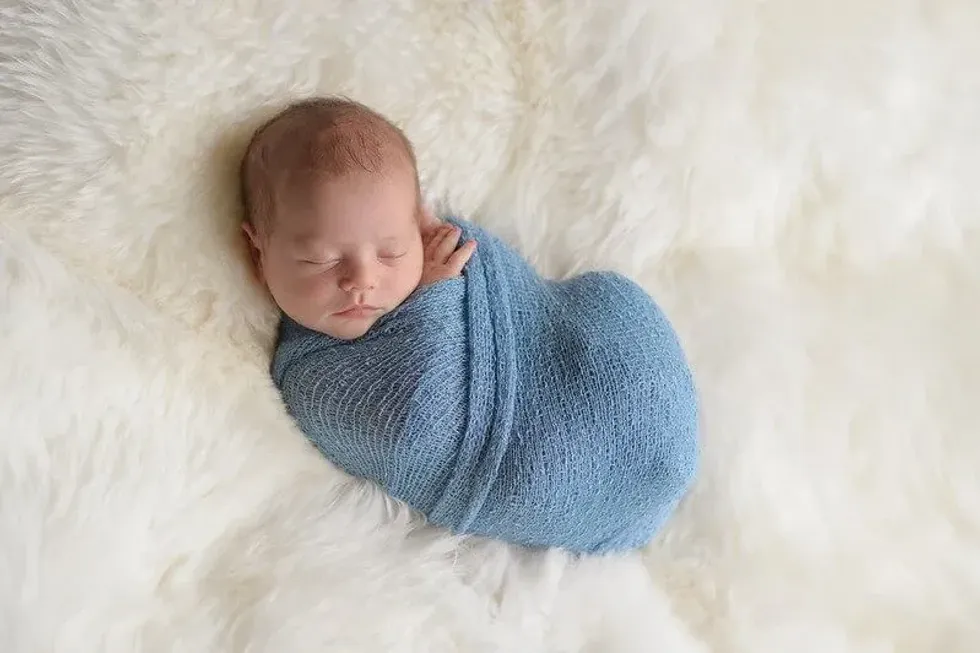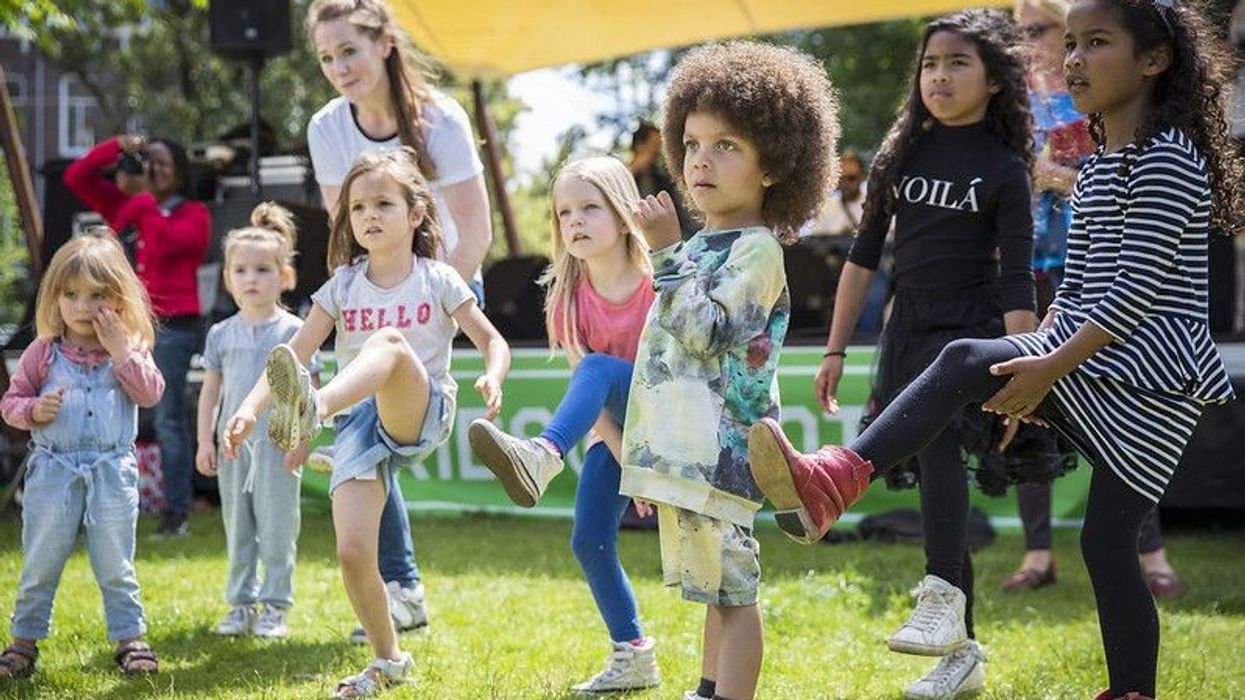When it comes to baby-proofing your home there are lots of different things to consider, like a safety fence, child-safety locks, child cupboard locks and a properly-installed car seat.
There are lots of measures and precautions that you can take before your baby starts crawling - which can be easily adapted and added to as your baby grows and develops. Read on for our list of the thirteen baby-proofing essentials, with tips and tricks for each room of the house...
1 - Prepare As Early As Possible
It is much easier to prepare your house for a crawling baby before it happens than after the fact. Baby proofing the house thoroughly before the baby arrives, means that you have the time to properly assess the situation, without the added difficulty of being sleep-deprived.
2 - Baby-Proofing The Nursery
When deciding where to place the cot, choose a spot that isn't within reaching distance of a window, radiator or heater - as well as being far away from furniture such as a chest of drawers, bookcase, lamp, cords or light pulls.
Depending on the type of windows you have, it can be a good idea to install window guards - and it is worth swapping to cordless window coverings, or cutting looped window-blind cords, adding safety tassels and cord stops instead.
3 - Make the Cot a Safe Haven
As a precaution against SIDS, parents are advised to have only two things in the baby's cot: a firm and tight-fitting mattress and a sheet. Avoid pillows, comforters, duvets, bumper pads, fluffy blankets and soft toys as soft bedding can mould around a baby's face, with the potential of suffocating them.
4 - Nursery Decorations
Avoid hanging mirrors or heavy picture frames near the cot or changing table, as they would cause serious damage if they were to fall. Avoid toys or decorations that have ribbons, strings or long dangling parts - as these pose a risk of strangulation - and don't hang anything directly over the baby's cot.
5 - The Changing Table
Choose a changing table that has a safety harness, though do not rely on this exclusively as babies can wriggle out of the harness and fall. Always keep one hand on the baby at all times when on the changing table.
Also, store toiletries, i.e. lotions, creams, gels and talc out of reach, either in a draw below the changing table or on a shelf that is well beyond the baby's reach.
6 - Secure Furniture to the Walls
Use brackets and screw-mounted devices to ensure that all furniture in the house - and especially in the nursery - is securely attached to the wall.
Freestanding bookcases, dressers, chests of drawers and the changing table all pose a threat, as they can be tipped and fall.
If you have a free-standing or slide-in oven in the kitchen, then make sure that it is safely installed with anti-tip brackets - as this will ensure that the stove, as well as hot pots and pans, will not fall if it is knocked into or climbed on.
Secure flat-screen TV's with a safety strap or wall mount so that it cannot fall.
Tall or unstable floor lamps should be kept behind furniture to ensure that it can't fall.

7 - Baby-Proofing the Kitchen
Whilst it may seem forever away now - babies are mobile and crawling around, opening cupboards in the blink of an eye - so take the time to rearrange the cupboards to ensure that potentially hazardous products are kept well out of reach.
Move all cleaning products, including bleach, detergent, laundry tabs and dishwasher pods into cupboards that is high up - so that nothing poisonous or harmful is within reach for a baby.
Install magnetic locks on cupboards and cabinets that are within reach of young children.
Some parents find it useful to leave one cupboard unlocked, which can be filled with lightweight, baby-friendly items, so that curious babies and young children can play with items that are appropriate.
Invest in a medicine safe, so that medications are locked away and inaccessible to babies and young children.
8 - How to Build a Baby-Proof Hallway
Handbags and purses are full of small items that pose a risk to babies and young children. Small change, medications, pen caps, safety pins and matches are all common-place items that could choke, poison or injure a child.
Design the hallway or cloakroom so that bags are kept out of reach - on pegs, hooks or on a high shelf - and don't forget to ask guests to follow suit when they come into the house.

9 - Make the Bathroom Baby-Proof
A tap/faucet cover is a soft baby-friendly addition to the bathroom that will keep the baby's head from being damaged on the hard, sharp faucet. Non-slip mats should also be installed in the bathtub and on the floor next to the tub.
If you have electrical outlets in the bathroom, install ground-fault circuit interrupters (GFCI), as these cut the flow of electricity should an electrical item hit the water, potentially preventing accidents and electrocutions.
A toilet-lid lock is another must-have for parents with young children.
10 - Doors and Staircases
There are several ways to safeguard against accidents that relate to doors and staircases, the most obvious of which is a baby gate.
There are different types of baby gate, so make sure to get the right design for each location in the home. Choose a baby gate that is secured and mounted with hardware for use at the top of the stairs - as this will not give way if leaned against or climbed on.
Pressure-mounted gates, those that only press against the walls, could be used at the bottom of the stairs or to divide a room.
Add pinch guards on doors that don't need to close - as these eliminate the chance of pinched or trapped fingers - and add door handle locks on rooms that aren't fully child-proofed.
11 - Soften Sharp Corners
Install corner guards on coffee tables, TV stands, the dining room table and any other low furniture or sharp edges around the house.
12 - Preventing Electrical Hazards
Instal covers for all electrical outlets, and get into the habit of unplugging, removing and storing chargers out of reach, as this will eliminate the chance of strangulation or electrical burns from phone and laptop chargers that have been left plugged in.
13 - Transform Hard Flooring into Baby-Safe Surfaces
There are lots of hard surfaces in the typical home, many of which aren't suitable for your little one.
If you have hardwood floors or ceramic tiles, consider getting foam tiles or mats to sit on top, creating a safe, soft surface whilst your baby is little, as they spend a lot of time lying on the floor, rolling around, trying to lift their head and learning to crawl - and so a soft, padded surface is far safer and more comfortable for the baby.













